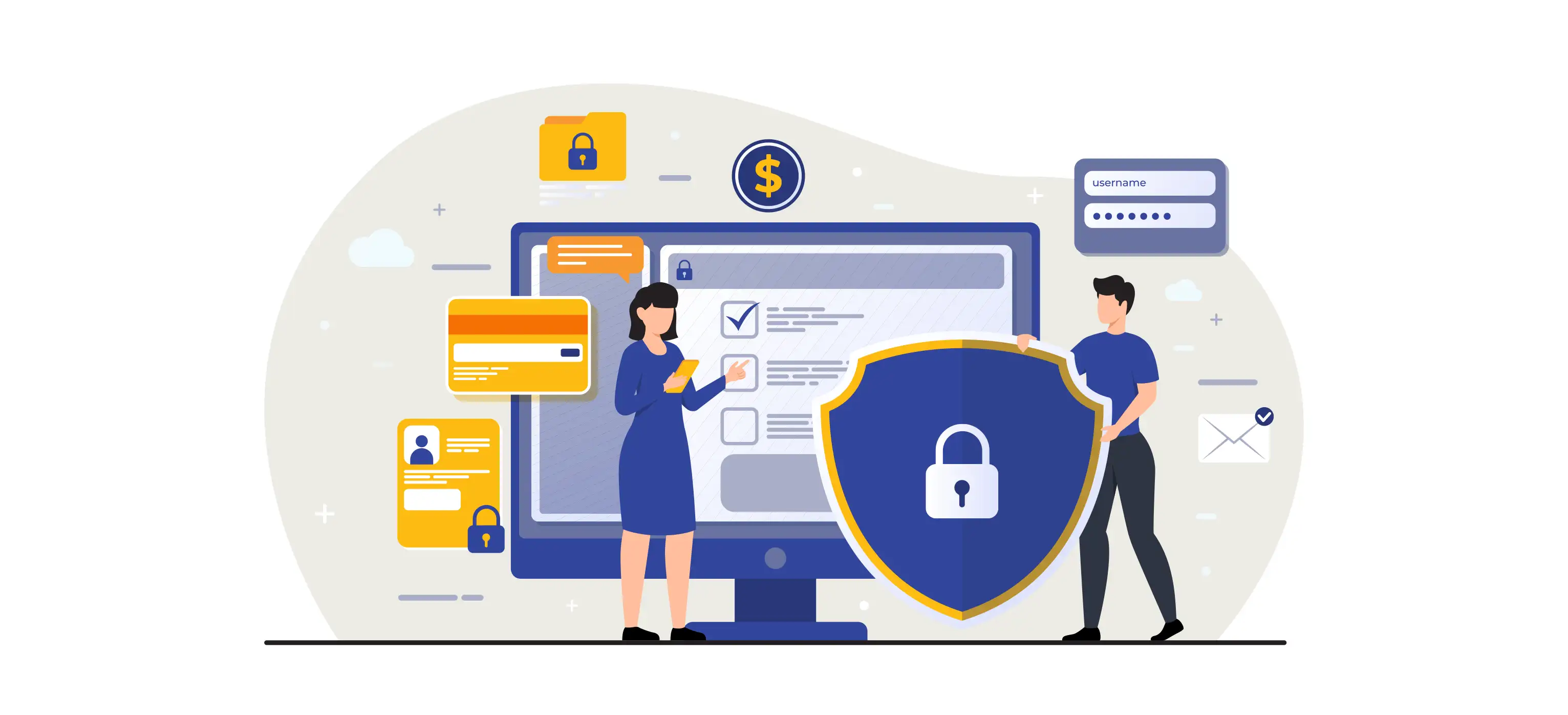 Satendra K
Nov 04, 2024
Satendra K
Nov 04, 2024

The world of cybersecurity is a constant battleground. New threats emerge daily, targeting everything from our devices to critical enterprise infrastructure. In this ever-changing landscape, having a highly skilled cybersecurity team is no longer a luxury; it's an essential line of defense. This is where upskilling comes in.
By proactively investing in your team's development, you equip them with the knowledge and expertise to stay ahead of the curve and safeguard your organization's most valuable assets.
Here are a few effective methods:
Here are some common areas where skill gaps might be found:
By employing these methods, you gain a clear picture of your team's strengths and weaknesses, allowing you to tailor an upskilling program that addresses their needs.
Read on: Recognizing the Need for Action on Growing Cybersecurity Skills Gap
The ever-evolving threat landscape demands continuous learning and development for your cybersecurity team. Here are some critical areas to focus on when upskilling, along with relevant skills and resources:
The rapid adoption of new technologies presents both opportunities and challenges. To stay ahead of the curve, your team needs to be familiar with security considerations related to these emerging trends:
Cloud Security:
Containerisation Security:
Securing Internet of Things (IoT) Devices:
Cybercriminals are constantly refining their attack methods. Equipping your team with the skills to detect and respond effectively is crucial:
SIEM and SOAR Tools:
Threat Hunting Techniques:
Incident Response Planning and Procedures:
The human element remains a critical factor in cybersecurity. Educating your employees on recognising and reporting threats is essential:
Social Engineering and Phishing Attack Recognition:
Focusing on these key areas and equipping your team with the necessary skills can significantly improve your organization's overall cybersecurity posture. Remember, upskilling is an ongoing process. The next section will explore various methods to develop your team's capabilities effectively.
Check out: How to Upskill Cybersecurity Team?
Investing in your cybersecurity team's development goes beyond simply assigning training courses. Here are several effective upskilling techniques to consider:
Formal Training: Industry-recognized certifications like CISSP, CISA, and Security+ provide a strong foundation in core cybersecurity concepts. Additionally, vendor-specific training programs ensure proficiency in relevant security tools used within your organization.
On-the-Job Learning:
Online Resources: Many free online resources include courses, tutorials, and industry blogs. These platforms offer a flexible and cost-effective way for team members to learn independently.
Combining these techniques creates a comprehensive upskilling program catering to different learning styles and preferences. This enhances the team's skill set and fosters a culture of continuous learning within your organization.
Cultivating a culture of continuous learning is key to a successful upskilling program. Here's how to ensure long-term success:
Do you want to upgrade to CEH v13 AI?
Get Edoxi’s CEHv13 AI Training and become an Upgraded Certified Ethical Hacker!
In a world of constant change, upskilling empowers both individuals and businesses. For employees, it unlocks career advancement, higher earning potential, and the thrill of mastering new challenges. Businesses that invest in upskilling including cyber security training, cultivate a future-proof workforce, fostering innovation, boosting productivity, and attracting top talent. The journey to a future-ready you or a future-ready organization starts now – embrace upskilling and unlock your full potential.

Chief Technology Officer & Cyber Security Expert Trainer
Satendra Singh Khari is a renowned cybersecurity expert and the Chief Technology Officer at Edoxi, where he leads the CEH v13 AI program. With over 12 years of experience, he has trained more than 10,000 professionals and earned recognition in the Circle of Excellence for 2023 and 2024. Mr. Khari holds multiple industry certifications, including CISSP, CISM, CEH, CPENT, and CREST, which showcase his expertise in vulnerability assessment, penetration testing, and incident handling.
His practical insights, gained during his tenure as Head of Information Security in Malaysia, enhance the learning experience by providing students with essential technical skills and a clear path to career advancement. Recognized as a leader in his field, he has received the Internet 2.0 Outstanding Leadership Award for three consecutive years (2022-2024), reflecting his dedication to empowering the next generation of cybersecurity professionals.